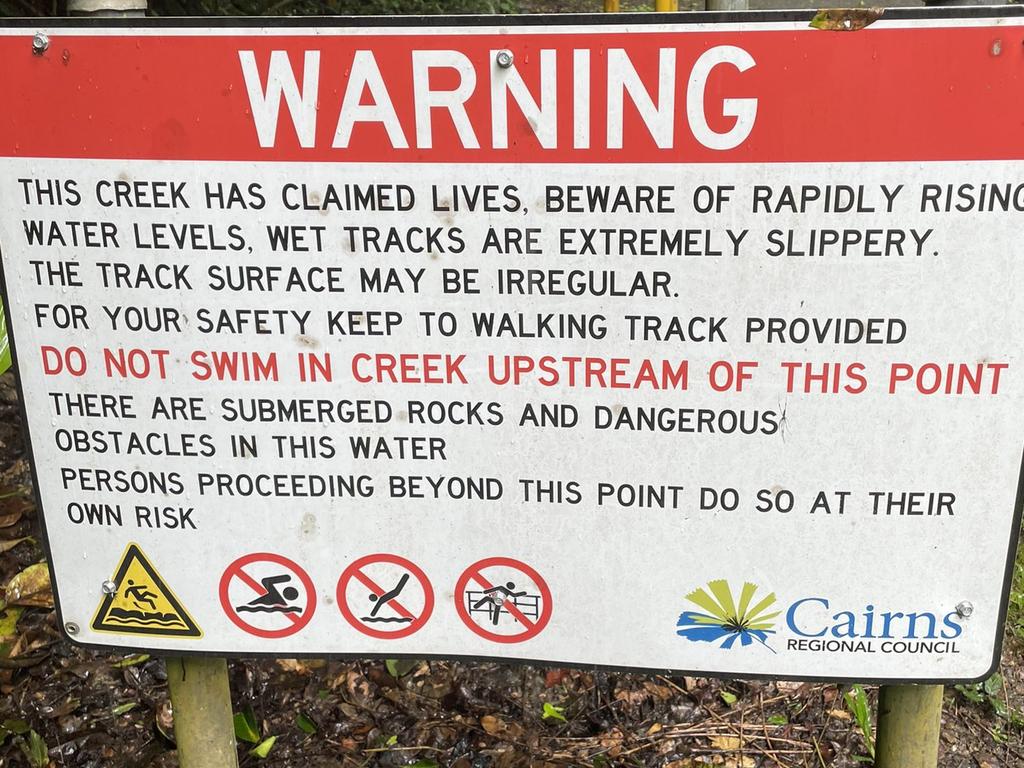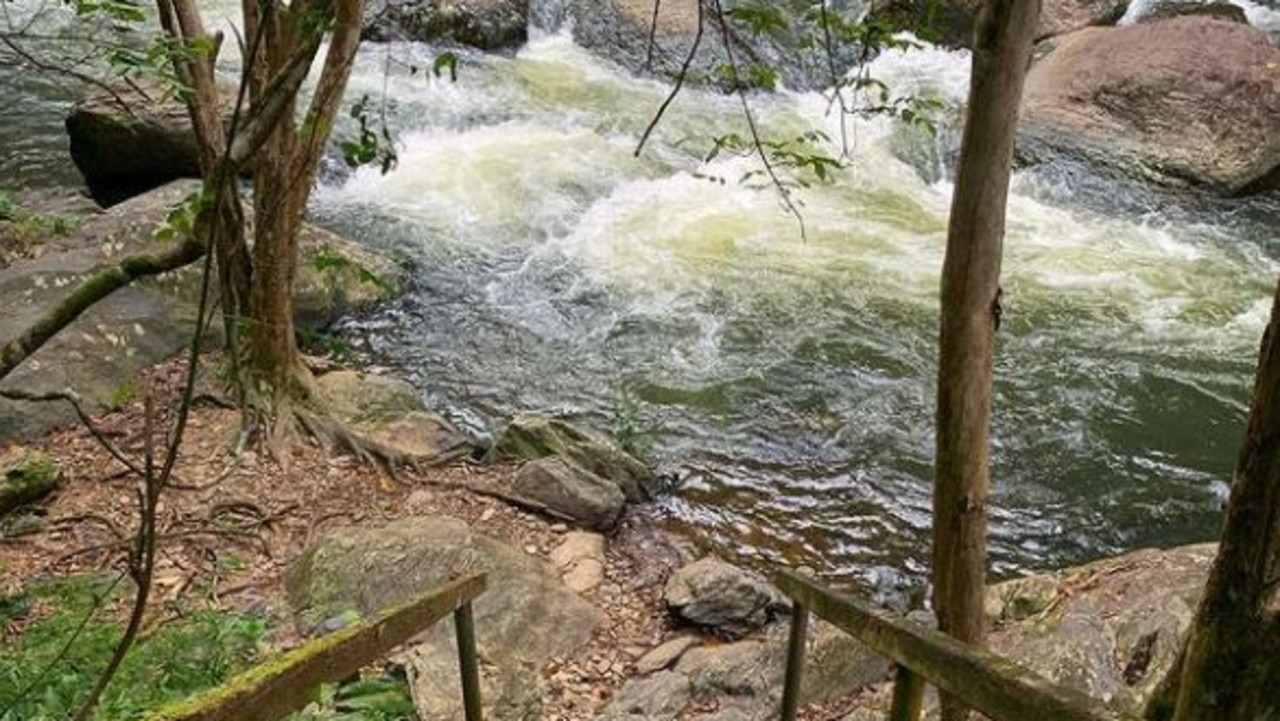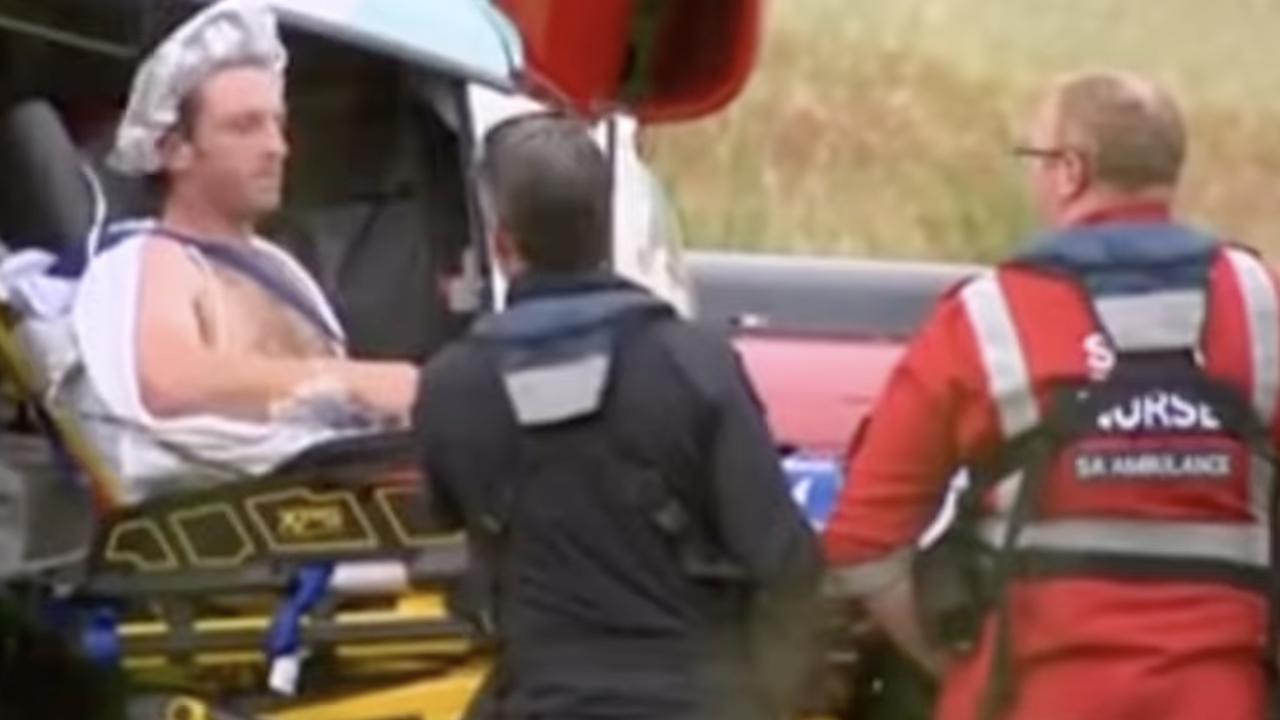Big issue with ‘pristine’ Australian waterfall after tourist dies
Signs marking a waterfall as a no-swim zone are under scrutiny after the death of a 20-year-old tourist at the popular tourist spot.
Signs marking a Cairns waterfall as a no-swim zone are under scrutiny after a 20-year-old tourist tragically drowned.
The young Japanese tourist was understood to have jumped from the ledge at Crystal Cascades waterfall, a secluded and picturesque swimming spot west of Cairns.

He had been visiting a friend on Sunday and failed to resurface after jumping, with police divers finding the man’s body about 6pm on Monday.
It’s understood the tourist had been swimming at the top set of waterfalls, an area marked as a no-swim zone.

Others have tragically lost their lives at the same spot, with an 18-year-old man drowning in 2014 and 21-year-old and 59-year-old men drowning in April 2023
Recent severe weather in Far North Queensland has contributed to the treachery of the area, with Cyclone Jasper causing heavy rainfall and flooding that exacerbated already dangerous conditions.
Cairns councillor Brett Moller said “something must be done” about visitors ignoring signage and swimming regardless of warnings.

“Heavy rain pushed up the level of the water and, of course, in the upper reaches of these creeks and rivers, we have fast-flowing currents, we have granite rocks, we have waterfalls, we have undercurrents,” he said to Yahoo News.
“So while they are pristine and beautiful natural environments, they have inherent dangers, particularly with the flooding waters.
“We’ve got to get that message out to visitors that might be coming and enjoying those particular swimming spots.”
Despite the council’s best attempts to warn people of the dangers of the waterfall, they persistently disobey the signs.
A safety audit is hoped to be conducted at all natural swimming holes in the area, including Crystal Cascades and Josephine Falls, in a bid to stem the unnecessary and untimely deaths.
It comes as an “extensive safety audit” was rolled out at Babinda Boulders, a nearby swimming hole, where a devastating 21 people have died.

Mr Moller said the audit included scrutiny of people’s behaviour, the wording of the signage and how different graphics could potentially portray the message better.
“We believe that what we’ve instigated at the Babinda Boulders is working successfully in terms of people taking more notice of the signage and coming to understand the dangers that particular stretch of water at the boulders holds for people,” he said.
“It’s a different approach to safety, not just putting a red-letter sign up warning danger.
“But as I said, with the Boulders audit, we found some more pictorial graphics that really hit home the message of dangers and deaths that have occurred.
“We always think that there must be something we can do to further get the message across.”





